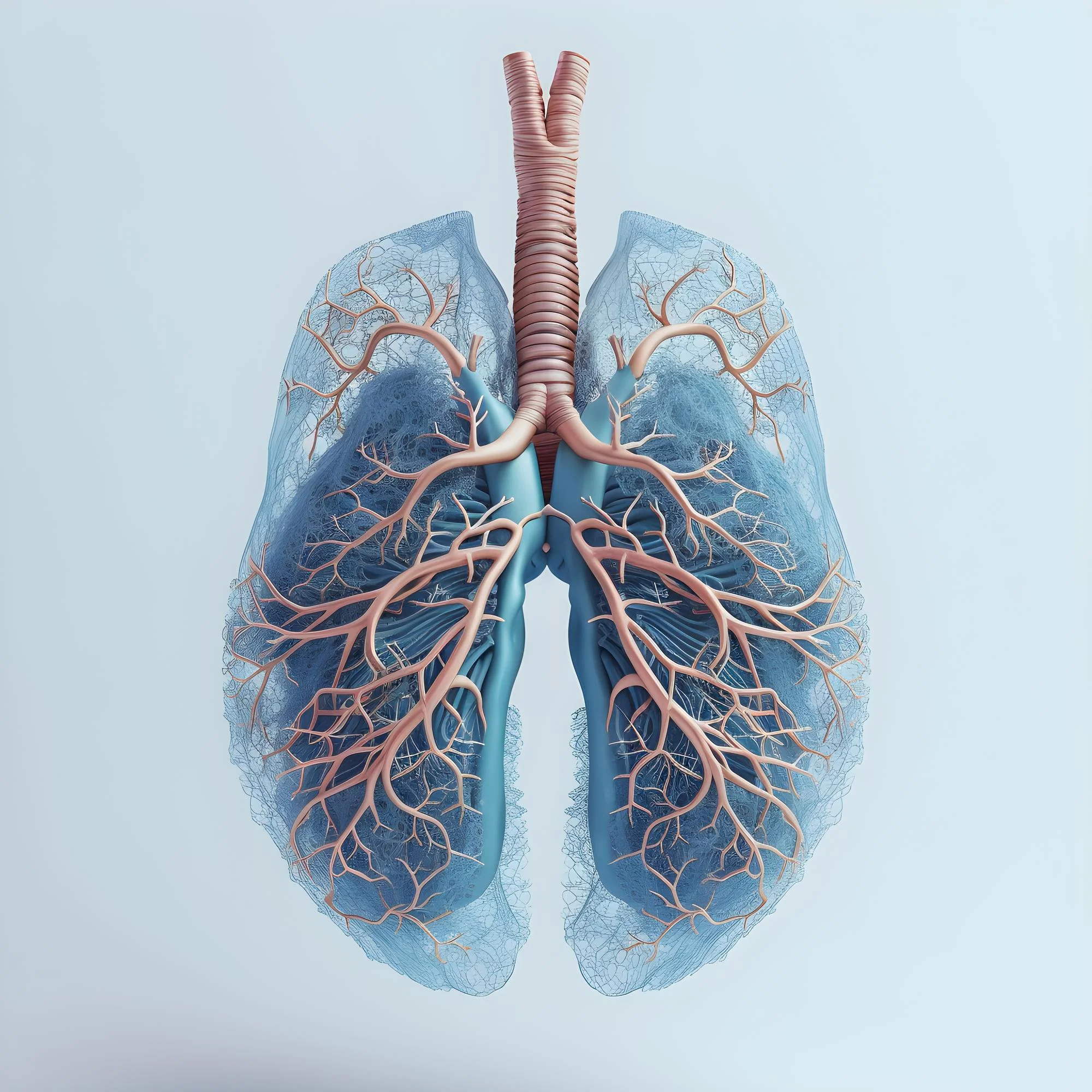Keywords
1. Tuberculosis Micronutrient Deficiency
2. Intensive Phase TB Treatment
3. Vitamin D and TB
4. Iron Deficiency in TB
5. Micronutrient Levels in TB Patients
The battle against tuberculosis (TB) is fraught with numerous challenges, ranging from the pathogen’s resistance to drugs to the afflicted patients’ nutritional deficiencies. A pioneering study focusing on the intensive phase of TB treatment has shed light on the often-overlooked issue of micronutrient deficiencies among patients undergoing therapy. This article delves into the details of this study, analyzing its findings and implications for TB treatment protocols.
DOI: 10.1016/j.clnesp.2019.03.001
Introduction:
The scourge of tuberculosis (TB) continues to wreak havoc on populations worldwide, with the socio-economic impact hitting hardest in developing countries. The interplay between TB and malnutrition, particularly in the form of micronutrient deficiencies, is a critical area of research. A recent study published in Clinical Nutrition ESPEN by Feleke Berhanu Elfu and co-researchers from the University of Bahir Dar and St Paul University Addis Ababa, provides valuable insights into how TB affects serum and urine micronutrient levels during the intensive phase of treatment, while also identifying predictors of these deficiencies (1).
Background
TB management traditionally focuses on administering anti-tubercular agents as part of the Directly Observed Treatment Strategy (DOTS). While these pharmacological interventions are imperative, addressing the nutritional needs of patients is equally vital for holistic treatment. Micronutrients such as iron, zinc, selenium, vitamin D, and iodine play crucial roles in immune function, and their deficiency can complicate TB treatment outcomes (2).
Study Overview
The study utilized a prospective cohort design to monitor the micronutrient levels of TB patients at the start and end of the intensive treatment phase. Epi-info software facilitated the sample size calculation, and systematic sampling techniques ensured representative selection. The researchers employed descriptive statistics to quantify the micronutrient levels and used the general linear model to discern determinants affecting these levels.
Findings
The study’s findings highlighted alarming rates of micronutrient deficiencies at the outset of TB treatment: 64% with low serum iron, 41.9% with low serum zinc, about 30% with low serum selenium, 40.5% with low serum vitamin D, and 60.4% with low urine iodine. By the end of the intensive phase, improvements were evident for most micronutrients, except for vitamin D and iodine, which remained deficient in a considerable proportion of patients.
Serum iron levels appeared significantly influenced by co-existing HIV infection, hookworm infection, and the site of TB infection. Similarly, serum vitamin D levels were negatively impacted by HIV status, while alcohol dependency was associated with lower serum zinc levels. Notably, the anti-tuberculosis drugs effectively normalized zinc and selenium levels but were less effective for iron, vitamin D, and iodine (1).
Discussion
The study’s results underscore the imperative need to integrate micronutrient assessment and supplementation into TB care protocols, especially since deficiencies can hinder recovery and potentially increase the risk of treatment failure. A holistic approach that includes nutritional support could improve patient outcomes and aid in faster recovery.
References
Feleke Berhanu Elfu and colleagues have provided a critical resource for TB treatment enhancement by identifying micronutrient levels and their predictors (1). Further research in this domain can expand on these findings, as exemplified in studies that underscore the importance of adequate vitamin D levels for effective immune function (3), the relevance of iron in the immune response to infections like TB (4), and the significant role of trace elements like selenium and zinc in immune health (5).
Conclusion
The study by Elfu et al. is a clarion call to all stakeholders involved in TB treatment and care to reconsider current protocols. It advocates for a recalibration of strategies to include an evaluation of nutritional status, with a particular focus on micronutrient levels. TB treatment is not merely about managing the pathogen; it is about healing the individual. Understanding and mitigating micronutrient deficiencies is a step toward ensuring more successful treatment outcomes and fostering a healthier post-TB life for patients.
References
(1) Elfu, F. B., Elfu, F. T., Daniel, M., & Bedimo, B. M. (2019). Micronutrient levels of tuberculosis patients during the intensive phase, a prospective cohort study. Clinical Nutrition ESPEN, 31, 56-60. doi: 10.1016/j.clnesp.2019.03.001
(2) Lai, H., Lai, S., Shor-Posner, G., Ma, F., Trapido, E., & Baum, M. K. (2001). Plasma zinc, copper, copper:zinc ratio, and survival in a cohort of HIV-1-infected homosexual men. Journal of Acquired Immune Deficiency Syndromes, 27(1), 56-62.
(3) Martineau, A. R., Jolliffe, D. A., Hooper, R. L., Greenberg, L., Aloia, J. F., Bergman, P., … & Camargo, C. A., Jr. (2017). Vitamin D supplementation to prevent acute respiratory tract infections: systematic review and meta-analysis of individual participant data. BMJ, 356, i6583.
(4) Sazawal, S., Black, R. E., Ramsan, M., Chwaya, H. M., Stoltzfus, R. J., Dutta, A., … & Bhan, M. K. (2006). Effects of routine prophylactic supplementation with iron and folic acid on admission to hospital and mortality in preschool children in a high malaria transmission setting: community-based, randomised, placebo-controlled trial. The Lancet, 367(9505), 133-143.
(5) Steinbrenner, H., Al-Quraishy, S., Dkhil, M. A., Wunderlich, F., & Sies, H. (2015). Dietary selenium in adjuvant therapy of viral and bacterial infections. Advances in Nutrition, 6(1), 73-82.
